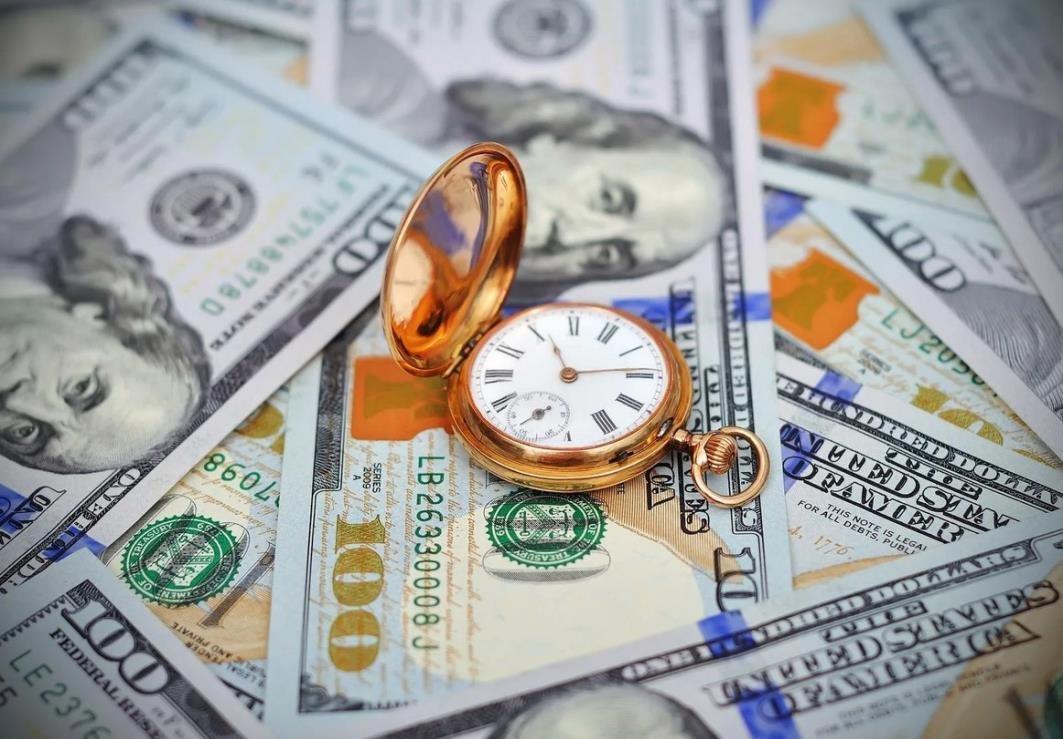Bank of England: rapid GDP rebound likely as vaccines take effect
The Bank of England expects a rapid rebound of the UK economy later this year as the vaccination programme takes effect, but also announced moves to introduce negative interest rates if the recovery falters.
The Bank forecast a 4.2% slump in the first quarter, followed by a resurgence of economic activity as vaccinations allow the economy to return to brisk growth. The Threadneedle Street economists forecast that GDP will return to pre-pandemic levels by March 2022.
However, the central bank also said it wanted high street lenders to prepare for negative rates by July, in case there was a fresh downturn and its monetary policy committee (MPC) needed to deploy them. The Bank said this was not a sign that the MPC was about to cut borrowing costs below zero.
Negative interest rates are a possibility in UK, but far from a certainty | Larry ElliottRead more
Andrew Bailey, the BoE governor, said: “The monetary policy committee’s central forecast assumes that Covid-related restrictions and people’s health concerns weigh on activity in the near term, but that the vaccination programme leads to those easing, such that gross domestic product is projected to recover strongly from the second quarter of 2021, towards pre-Covid levels.”
Bailey said the MPC was expanding its toolkit of measures to stimulate growth as an insurance policy in the event of a downturn and the committee was “clear that it did not wish to send any signal that it intended to set a negative bank rate at some point in the future”.
There are fears that negative lending rates, which are expected to lower borrowing costs for households and businesses, would force high street banks and building societies to offer negative savings rates. Savers would suffer a loss of income, and pension funds, which also rely on deposit savings, would also be hit.
Q&A
What would negative interest rates mean for UK consumers?
Show
In February 2021 the Bank of England told high street banks and building societies they have six months to prepare for negative interest rates. BoE policymakers stressed that the request did not mean a cut in borrowing costs below zero was imminent or even likely, but with few tools left to boost the economy in the event of a downturn, the central bank needs negative rates to be available as an option.
What would happen to my mortgage?
If it’s a fixed-rate mortgage, a cut in interest rates would mean no change. Most households are on this type of deal – in recent years about nine in 10 new mortgages have been taken on a fixed rate.
If it is a variable-rate mortgage – a tracker, or a mortgage on or linked to a lender’s standard variable rate – the rate could fall a little if the base rate is cut. But the drop is likely to be limited by terms and conditions.
Older mortgages often have a minimum rate specified in the small print. Nationwide building society, for example, will never reduce the rate it tracks below 0% on mortgages arranged since 2009 – so if your mortgage is at base rate plus 1 percentage point, it will never fall below 1%. Santander specifies in some mortgages that the lowest rate it will ever charge is 0.0001%.
You will need to dig out your paperwork to see how low your mortgage rate could go.
Will new mortgages be free?
In Denmark, borrowers have been offered mortgages with negative interest rates. Mortgage customers with Jyske Bank were lent money at a rate of -0.5%, which meant the sum they owed fell each month by more than the sum they had repaid. There is no reason why UK lenders could not follow suit.
What happens to my savings?
UK savings rates have already been affected by the two base rate cuts in March 2020 and many easy-access accounts from high street banks pay just 0.01% in interest.
Some banks already charge for current accounts, but it is unlikely that you will soon be forced to pay to keep small sums on deposit – despite the low base rate it is possible to earn 1% or more on a fixed-term savings account.
Wealthy savers are likely to be the first who would face a charge. In 2019, UBS started charging its ultra-rich clients a fee for cash savings of more than €500,000 (£449,000), starting at 0.6% a year and rising to 0.75% on larger deposits. And at Jyske Bank, similar charges apply.
What about my pension savings?
Negative interest rates are bad news for pension funds. If you have a defined contribution scheme you may find the predicted value on retirement falls, and you need to put more in if you have a target finishing date in mind. It is also a bad time to buy an annuity to provide a retirement income, as the returns on these fall when rates are negative.
Was this helpful?Thank you for your feedback.
Officials said the balance of risks in the economy, mainly from new variants of Covid overwhelming the benefits of the current vaccination programme, meant it needed to keep rates low. The negative lending announcement came as MPC members voted unanimously to keep the official interest rate at the historically low level of 0.1%.
The Bank’s quantitative easing bond-buying programme was left unchanged at £895bn after it pumped an additional £150bn into the economy at the outset of the second lockdown in November.
Samy Chaar, chief economist at Swiss bank Lombard Odier, said the BoE was under pressure from financial markets to add negative rates to its armoury after a weak response to the pandemic by the Treasury.
The Bank must not fear radical action. Britain needs negative interest ratesRead more
He said the US Federal Reserve and the European Central Bank were not under pressure after the €750bn EU bailout and the Biden administration’s $1.1bn bailout. “The BoE needs to keep all options open when you see the lack of fiscal action in the UK,” he said.
“The problem is that so much of the conversation – the political debate – in the UK is all about balancing the books. It makes no sense to be worrying about the debt in the current situation. But that is mentioned so often, it means everyone looks to the central bank for support,” he added.
Earlier this week, the chair of the Building Societies Association said cutting the Bank’s lending rate to below zero would force institutions to subsidise savings rates to keep them positive, leaving them no option but to recoup the costs from higher mortgage rates.
In December, banking executives from HSBC and Santander warned that their systems were not yet ready for negative rates.
Sign up to the daily Business Today email or follow Guardian Business on Twitter at @BusinessDesk
Speaking to MPs on the Treasury committee, HSBC’s head of business banking, Amanda Murphy, said the bank had a programme under way, but that it was coming at a “considerable cost”. Her counterpart at Santander, Susan Allen, said the lender may need “12 to maybe 18 months” to properly prepare.
Chaar said it was a myth that banks suffered excessively after the introduction of negative rates, which were usually introduced on lenders’ excess deposits at the central bank rather than the entire sum.
The BoE base rate, which was cut to 0.1% last March as the UK prepared to go into its first lockdown, is the cost to high street lenders of borrowing money from the central bank, which heavily influences the cost of financing mortgages and loans to households and businesses.


